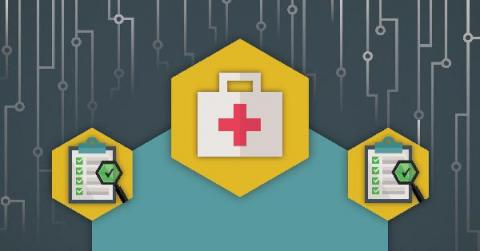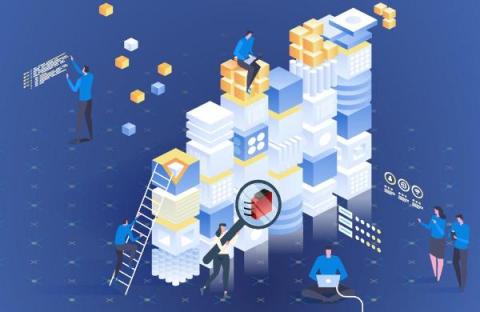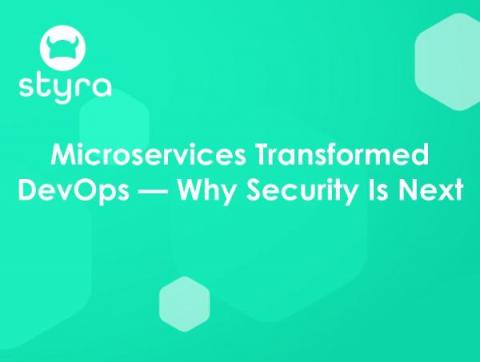Real-time Fraud Detection: Are You Ready for 2022?
It’s a sure sign that year-end is fast approaching when stores start to display their holiday merchandise and decorations before Hallowe’en is even over. As you start planning for a successful 2022, and focus on payment security and frictionless customer experience, consider the global financial, regulatory and economic factors that will impact your business.








